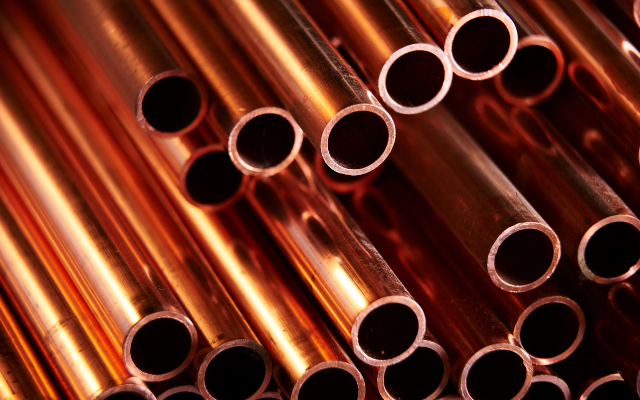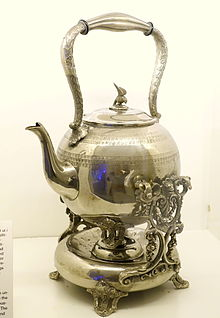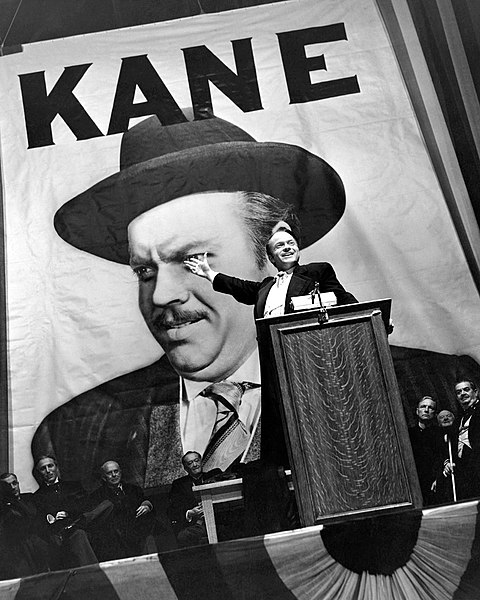Jump to: What is the Oscars? | Composition of the Statuettes | The Oscar's Secret Ingredient | How Much is an Oscar?
Every year, Hollywood's brightest stars gather under dazzling lights, hoping to clutch the ultimate symbol of cinematic success — the Oscar. But while the golden statue shines brilliantly on stage, many wonder: Is it actually made of real gold?
The short answer? Yes... and no. While the Oscar gleams with 24-karat gold, there’s more to its story than its glittering surface. Let’s dive deeper into the history, compositions, and value behind Tinseltown’s most coveted trophy.
What is the Oscars?
The Oscars, officially known as the Academy Awards, have been Hollywood’s premier celebration of cinematic excellence since 1929.

Hosted annually by the Academy of Motion Picture Arts and Sciences (AMPAS), the ceremony honors outstanding achievements in film — from acting and directing to costume design and sound editing.
Winning an Oscar isn’t just a career milestone; it’s a symbol of artistic prestige, global recognition, and, of course, a reason to throw a really fancy after-party.
Composition of the Oscar Statuettes Throughout Time
The Oscar statuette — standing 13.5 inches tall and weighing around 8.5 pounds — has undergone a few makeovers over the decades. Let’s break down its golden journey:
1. Bronze (1929 - Early Years)
In its earliest days, the Oscar was cast from solid bronze and then finished with a layer of 24-karat gold.
This combination gave the statue both weight and its signature golden shine. These original bronzed beauties are now considered rare collector’s items.
2. Plaster (World War II Era)
During World War II, the United States experienced a copper shortage as it was in high demand for ammunition and other military purposes.

As a result, the Academy had to get creative. Between 1942 and 1945, Oscar winners walked away with statues made entirely of painted plaster.
While they lacked the luster of their metal predecessors, these wartime Oscars carried the same prestige. After the war, recipients were invited to exchange their plaster versions for traditional metal ones.
Did you know the war also affected the composition of circulating coins? Read all about the extremely rare 1943 Copper Penny.
3. Britannia Metal with Gold Plating (Post-War to Present)
After the war, the Academy returned to sturdier materials. Modern Oscars are crafted from a metal alloy known as Britannia metal — a blend of tin, antimony, and copper — chosen for its smooth finish and durability.
The statuette is then coated in layers of pure 24-karat gold, giving it that iconic, red-carpet-ready gleam.
Britannia Metal: The Oscar’s Secret Ingredient
Originating in the late 18th century in Britain, this alloy — a blend of tin (92%), antimony (6%), and copper (2%) — was prized for its smooth surface, corrosion resistance, and silvery sheen.
Initially used for fine tableware and decorative pieces as a more affordable alternative to silver, Britannia metal quickly became a go-to choice for items requiring both durability and elegance.

Teapot made of Britannia metal || Source
For the Oscars, this sturdy yet malleable alloy provides the perfect foundation for the layers of gleaming 24-karat gold that crown each statuette.
So, while the Oscar dazzles in gold, it’s the Britannia metal that gives it strength — proving that even in Hollywood, it’s what’s inside that counts.
How Much is an Oscar Worth?
Monetarily? Not as much as you might think.
While the 24-karat gold plating adds a touch of real value, the materials alone are worth only a few hundred dollars.
However, there’s a twist: since 1950, the Academy has enforced a strict rule stating that winners (or their heirs) can’t sell their Oscar without first offering it back to the Academy for just $1. This policy preserves the symbolic, rather than commercial, value of the award.
That said, Oscars awarded before the 1950 rule have fetched significant sums at auctions. For instance, Orson Welles’ Oscar for Citizen Kane sold for nearly $860,000 in 2011.

Orson Wells in Citizen Kane || Source
Final Thoughts
While the Oscar statuette may not be solid gold, its legacy is truly priceless.
But if you’re looking for something that is a real gold investment — and won’t come with a $1 buyback clause — you’re in luck. At SD Bullion, we offer a range of pure gold products, from dazzling gold bullion coins and historic Pre-33 U.S. gold coins, filled with numismatic value to hefty gold bars.
Because while winning an Oscar might be a once-in-a-lifetime event, investing in real gold? That’s a winning move you can make any day.


















